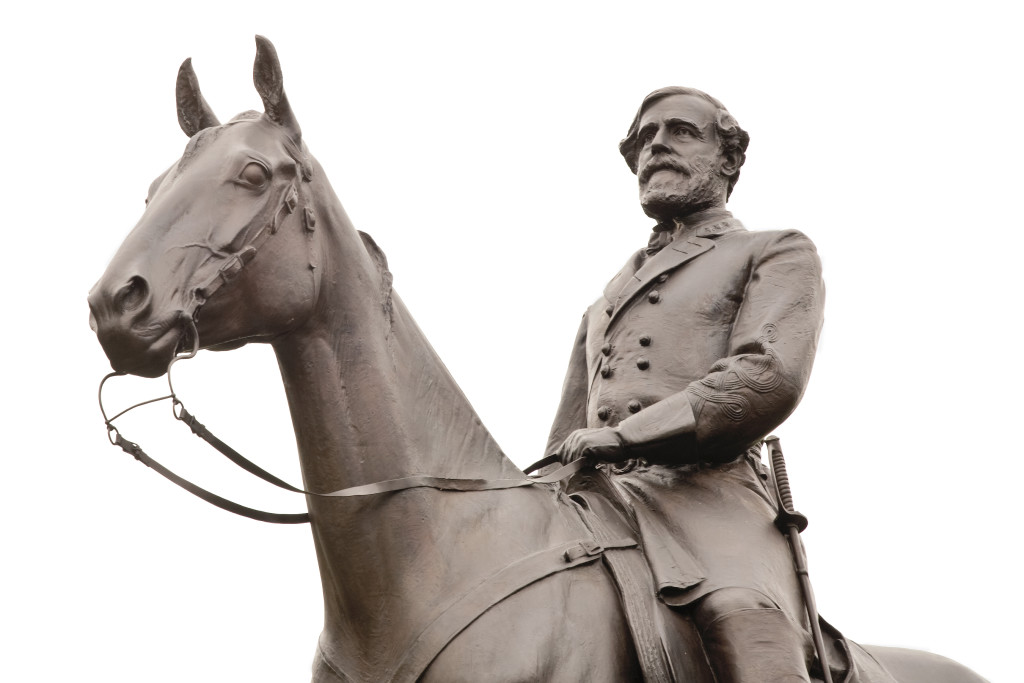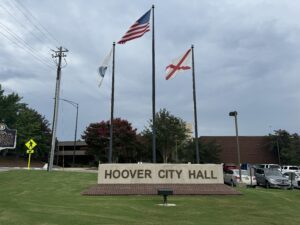This year marks 160th anniversary of the Battle of Gettysburg

From July 1 – 3, 1863, the armies of the United States of America and the Confederate States of America faced off in an epic battle in and around Gettysburg, Pennsylvania, that largely decided the Civil War for the Union. Today Gettysburg is a National Battlefield Park dedicated to preserving the memory of the hundreds of thousands of Americans who fought on both sides of that battle. To date, Gettysburg was the largest battle ever fought in the history of the Western Hemisphere. Over 10,000 men were killed or mortally wounded, over 30,000 were wounded, and another 30,000 were captured or were missing. In 1863, Union forces under General Ulysses S. Grant besieged a Confederate army at Vicksburg on the Mississippi River. The fall of Vicksburg would give the Union unfettered control of the vital Mississippi River and effectively divide the Confederacy in half. General Robert E. Lee, seeking both a victory and an opportunity for his hungry and poorly equipped Confederate Army to live off the land of the North, took his Army of Northern Virginia north into Pennsylvania. Lee was uncharacteristically left blind by Confederate Cavalry under General Jeb Stuart, whom Lee thought would keep him abreast of Union troop movement. Instead, Stuart took the Confederate Cavalry raiding. Unbeknownst to Lee, his army’s drive north had been shadowed by the Union’s Army of the Potomac, and the two were about to collide. President Abraham Lincoln had only recently promoted General George Meade to command the Army of the Potomac. Lee had given Confederate Major General Henry Heth strict orders not to engage any Union forces. On July 1, 1863, ostensibly seeking shoes for his men, Heth took an entire division towards Gettysburg for what was essentially a reconnaissance in force. He did not realize that doing so would have enormous consequences. Outside of town, they encountered Union Brigadier General John Buford’s cavalry dismounted, maintaining a line of defense outside of the town of Gettysburg. Believing they could easily push aside the smaller force and not knowing that the full Army of the Potomac was so close by, Heth attacked. Buford realized the importance of the moment and sought to hold it for as long as possible. He was soon reinforced by Union Major General John Reynolds’ Corps. Reynolds repulsed Heth’s attack, though it cost him his life. More Union and Confederate forces arrived on the battlefield, and things rapidly escalated that first day. Meade then put Major General Winfield Scott Hancock in command of the forward elements of the Army of the Potomac in the place of the fallen Reynolds. At Hancock’s urging, Meade committed his full force. Perhaps over-eager to win a crushing victory over the Union, Lee ordered an all-out attack, committing his full Army of Northern Virginia. From almost immediately following the battle to the present day, military historians debate the decisions made by commanders in those three days. If Lt. General Dick Ewell had attacked with more vigor and taken Cemetery Ridge, if the Confederates had committed more forces to the assault on Little Round Top, if Lt. General James Longstreet had hit harder on Day 2, could the Confederates have won? If the South had prevailed, what does the world look like today? While the battle was a Union victory, Lincoln was terribly disappointed that Meade did not pursue Lee and crush the Army of Northern Virginia. Could the war have ended in July 1863 rather than dragging on for two more years? Meade’s defenders argue that if he had pursued Lee, then Lee could have turned the tables in the rematch. Those questions will never be decisively answered. What we are left with is that thousands of Americans, including many Alabamians, fought on that field 160 years ago, and their memory will not be forgotten. To connect with the author of this story or to comment, email brandonmreporter@gmail.com.

